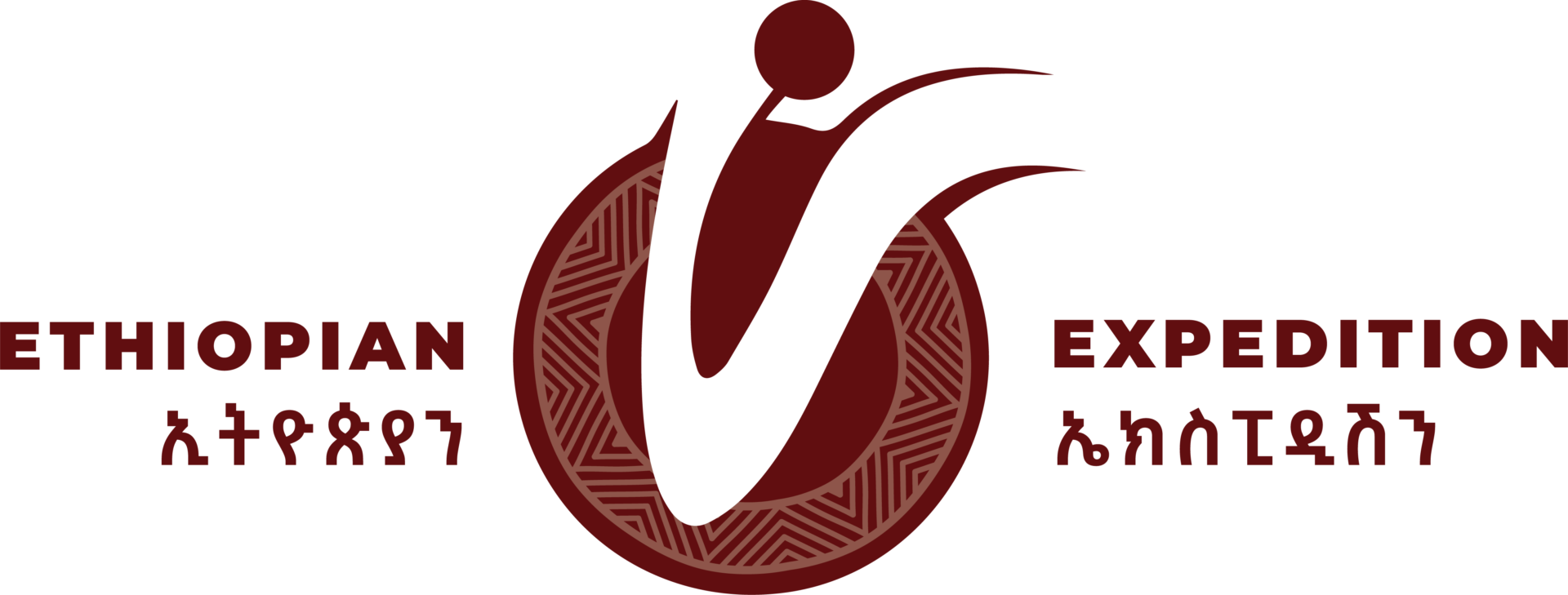Our years of experience and extensive network of local partners can help you build your dream trip from the endless possibilities of Ethiopia. We’ll talk through your ideas, give you some suggestions, set it all up and advise on travel, kit and preparation, so that you get the Ethiopian adventure you’ve always wanted.

Ethiopia has been dubbed the Chessboard of the Gods, Cradle of Humanity and Roof of Africa. These superlatives, however, are inadequate to describe this unique and mysterious country. Some 70 million years ago these highlands fractured, initiating the splitting of Africa’s Great Rift Valley. The resulting countryside is as spectacular as it is varied. One of Africa’s finest birding destinations, the healthy combination of impressive forests, towering mountains and moist and arid savannas, laden with endemics and supporting a rich assemblage of Palearctic migrants, intermingle to provide long species lists.

Axum
The ancient city of Axum is located in Tigray National Regional State. It is about 1,025 kilometers North of Addis Ababa. Axum’s most iconic monument is the field of 120 old stelae, ranging from small, roughly hewn stones to finely engraved obelisks the height of a ten-story building, concentrated within the area of 1,000m2 opposite to the church of Axum Zion. The fallen obelisk with a height of 33 meters is the tallest obelisk carved out of a single stone. The 24-meter-high obelisk is still standing and the other one with a height of 27 meters was cut in to three parts and taken to Rome in 1937 and returned back to Axum in 2005. The giant stelae, Axum Zion Church, the ruins of palaces and many other archeological findings are all the symbols of the glorious Axumite Civilization signifying this ancient city as a center of Civilization and Religion. They are all regarded as one of the finest examples of engineering from the Axumite Empire. Due to its historical value, Axum and its archeological sites were included in the list of World Heritage Sites in 1980.
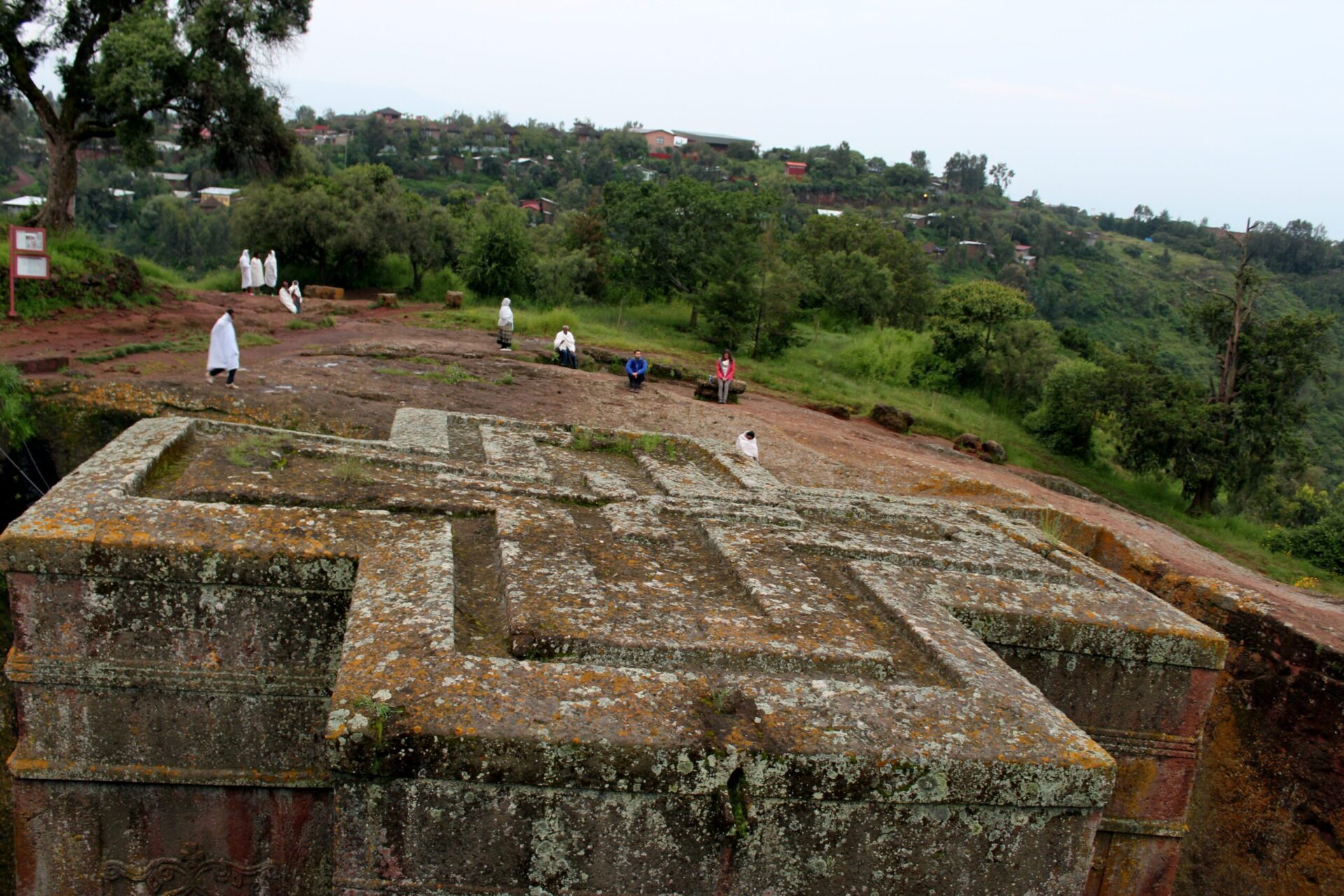
Rock-Hewn Churches, Lalibela
The Rock Hewn Churches of Lalibela were cut out of a living rock during the time of King Lalibela, who ruled Ethiopia from his capital Roha, now Lalibela. The churches are 11 in number, located in three groups. The first groups of Churches are, Bete Medhane Alem, Bete Mariam, Bete Meskel Bete Dengil, BeteGolgota, and Bete Michael. The second groups of churches are Bete Gebriel and Rufael, Bete Amanuel, Bete Markorios, connected by a long underground tunnel, Bete Abba Libanos. The last church is Bete Giorgis, a free standing church with architectural elegance and perfection. The churches were curved in the 12th and 13th Centuries. It is believed that the carving of all the churches took some 24 years. Archaeologists say it would have taken the work of 40,000 work force to carve these churches, courtyards and caverns out of a living rock. Described by most travel writers as the eighth Wonder, the churches were registered under the list of World Heritage Site in 1978.
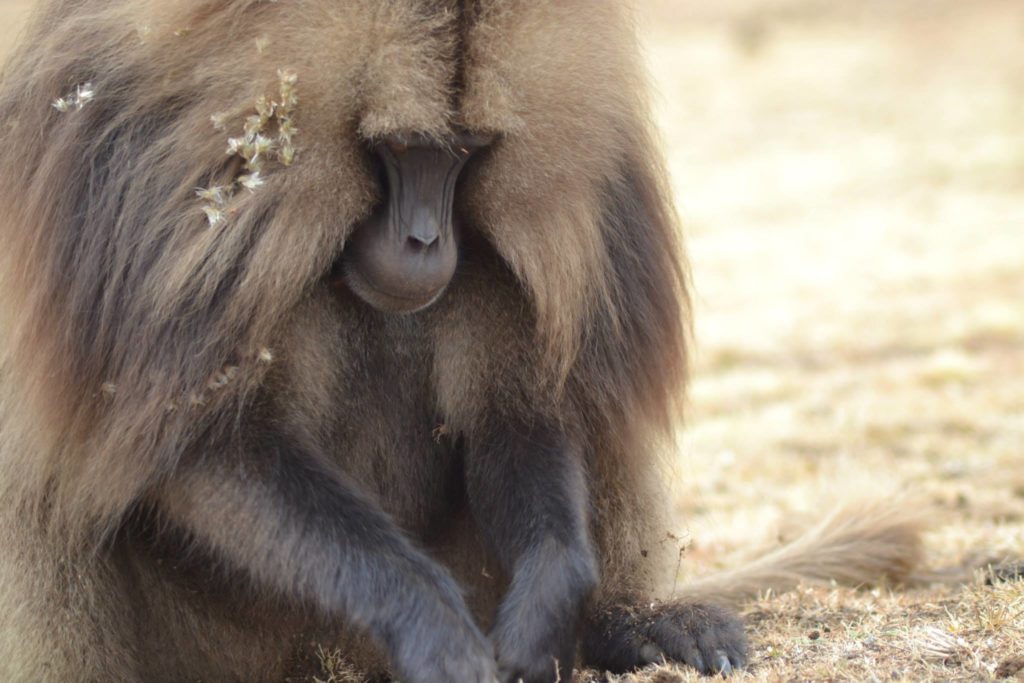
Fasil-Ghebbi, Gondar Region
Founded by Emperor Fasiledes, Gonder was the Capital city of Ethiopia in the 17th and 18th centuries. The founder of Gonder, Emperor Fasiledes built his palace in 1632. His successors built their castles within the Royal Enclosure. Fasil Ghebbi means the premise of King Fasiledes in Amharic, the working language of Ethiopia. The castles of successive emperors who ruled the country from Gonder are surrounded by 900 meters long wall. As a true evidence of an architectural beauty deeply marked by the country’s ancient civilization, the Royal Enclosure (Fasil Ghebbi) was registered by UNESCO as a World Heritage Site in 1980.
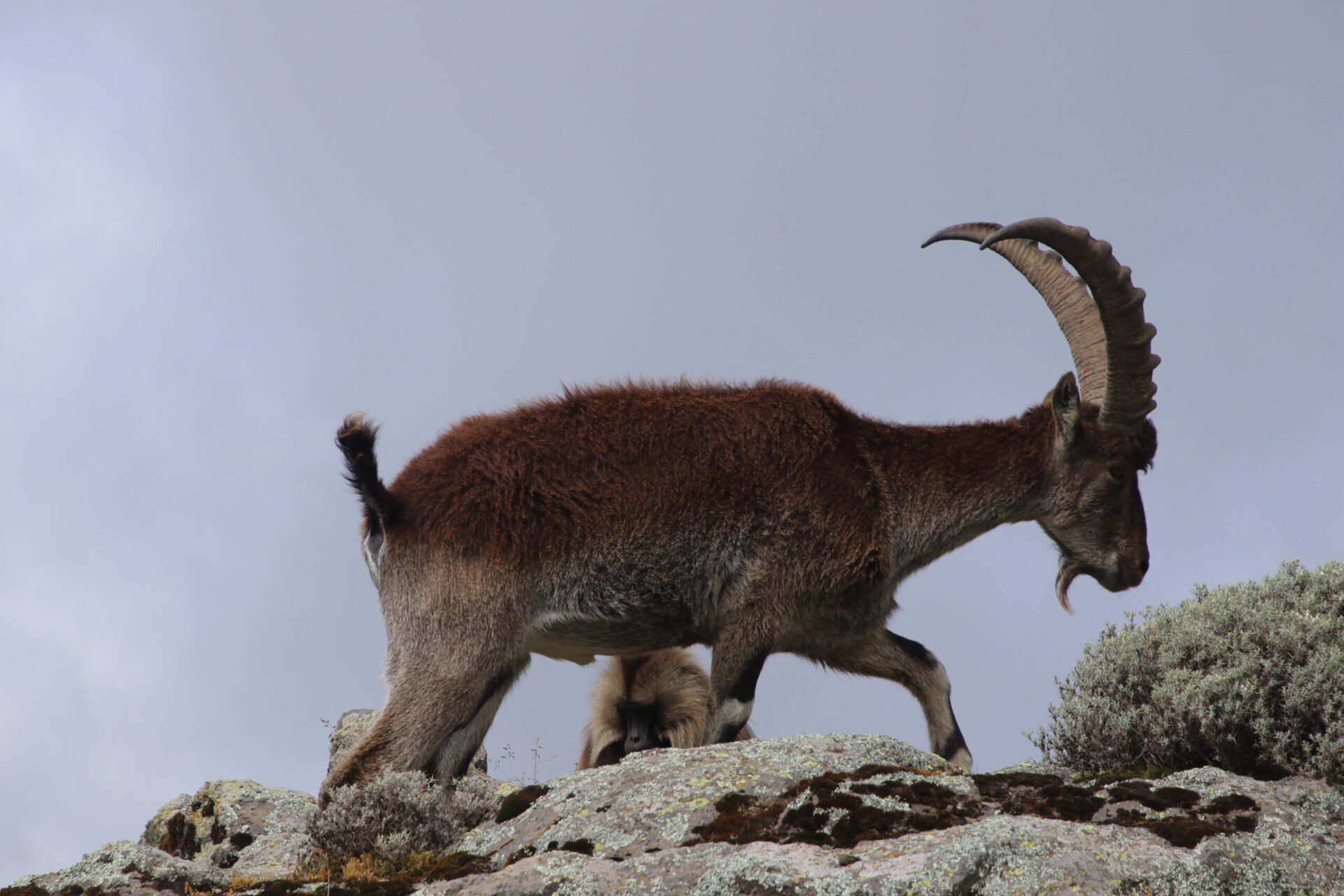
Simien Mountains National Park
The Simien Mountains National Park is found in Amhara National Regional State North Gonder administrative Zone. This National park is 140 kilometers North of Gonder, the 17th and 18th Centuries Capital of Ethiopia. The park is one of the first sites to be included in the list of World Heritage Sites in 1978. The park includes one of the most spectacular landscapes in the world. With jagged mountain peaks, deep valleys and sharp cliffs dropping some 1,500 m. The highest peak is Ras Dashen, the highest mountain in Ethiopia and the fourth in Africa, with an altitude of 4,620 meters. It is also home to some extremely rare animals that are endemic to Ethiopia such as Gelada Baboon, Simien fox and Walia Ibex. There are also varieties of flora in the park that can be found nowhere, but in Ethiopia. The park was listed under endangered sites in 1996 as a result of the decline of the number of Walia Ibex due to human intervention in the park. But the number of these rare species is rising and removed from the list of endangered sites.

Konso Cultural Landscape
Konso Cultural Landscape is locate in the Konso highlands of Ethiopia. It is a 55km2 parched stone walled terraces and fortified settlements constituting a spectacular example of a living cultural tradition stretching back 21 generations (more than 40years) adapted to its dry unfriendly environment. The landscape demonstrates the shared values, social cohesion and engineering knowledge of its communities. The site also features anthropomorphic wooden statues - grouped to represent respected members of their communities and particularly heroic events - which are an exceptional living testimony to funerary traditions that are on the verge of disappearing. Stone steles in the towns express a complex system of marking the passing of generations of leaders. It was registered in the list of UNESCO World Heritage Sites in 2011.

The Lower Valley of Awash
The Lower Valley of Awash is found in Afar Regional State. This is a site of Paleo-Anthropological research. Tremendous findings are registered in the area contributing a lot in the search for human origin and evolution. The most spectacular discovery of Lucy, Australopithecus Afarensis, a 3.2 million years old hominid in 1974, paved the way for more achievements in the study of human origin. The discoveries registered by the Middle Awash Research Project, an international, multi-disciplinary scientific study with the objective of establishing an accurate geological information for clarifying human origins and evolution, has established the region as one of the world’s most important paleontological sites with the discovery of the most ancient hominids dating between the time period of 5.3 – 3.9 million years. The recent achievement with the discovery of Selam, a fossil that is the most complete and 150,000 years older than Lucy, is another testimony for the importance of the region for the study of human origin. The Lower Valley of Awash was included in the list of World Heritage Sites in 1980.
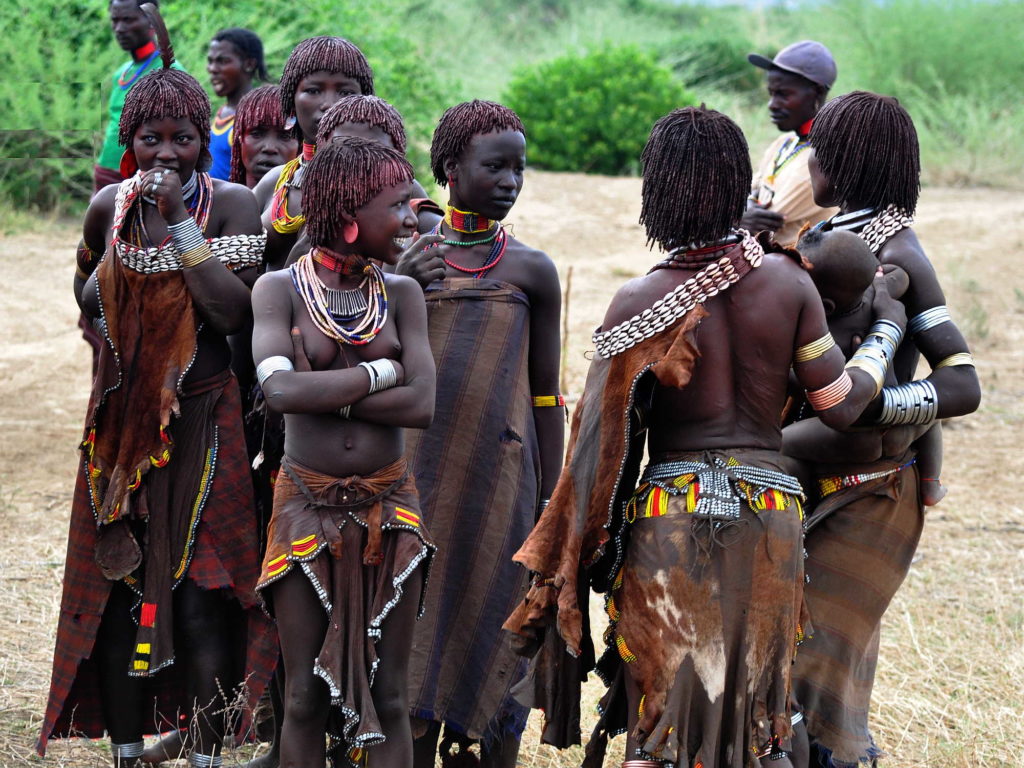
The Lower Valley of Omo
The Lower Valley of Omo is found in South Nations, Nationalities and Peoples Regional State. The discovery of many human and animal fossils and stone tools in the valley has been of fundamental importance in the study of human evolution. Omo is a river that is 760 kilometers long that stretches from the high lands of West Shoa to Lake Turkana, one of the great rift valley lakes. The entire Omo river basin is important geologically and archaeologically. Several hominid fossils and archaeological localities have been excavated by French and American teams. The oldest ever found stone tools dates back to about 2.4 million years. Because of its importance for the understanding of the human evolution the site was listed as a World Heritage Site in 1980. The area is also home to people with diverse cultures and natural beauty with national parks and an amazing flora and fauna.
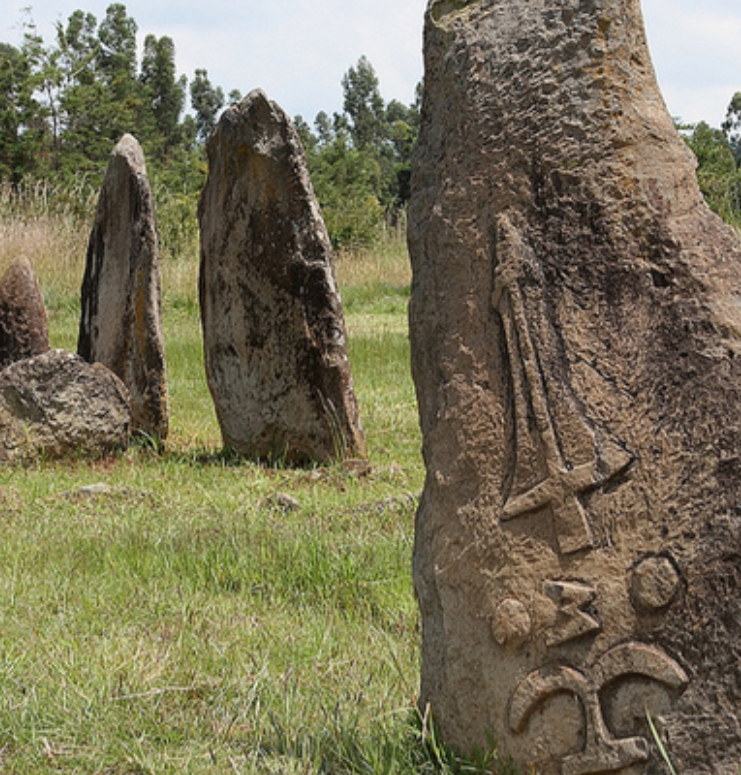
Tiya
Tiya is located in South Nations, Nationalities and Peoples Regional State. It is found 90 kilometers south of Addis Ababa. The site contains 36 monuments, including 32 carved stelae covered with symbols. They are believed to be marks of the large prehistoric burial complex. This archeological site was listed as World Heritage Site in 1980.
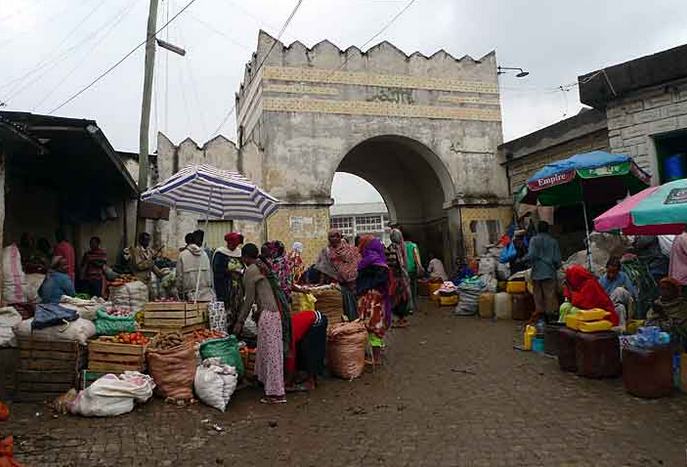
Harar Jugol
Harar was a major commercial and Islamic learning center. It is a walled city. The wall was built during the regime of Emir Nur Ibn Mujahid successor of Ahmad Ibn Ibrahim Al-Ghazi also known as Ahmad Gragn (the Left Handed) who conquered the Christian highlands in the 16th century. The wall was constructed to protect the city as well as the people from possible attacks. It is a 3.5-kilometer-long wall with a height of nearly 4 meters. It has five gates and the wall is still intact and is a symbol of the town. The presence of 99 mosques made Harar to be considered as the fourth holiest city in Islam next to Mecca, Medina and Jerusalem. Harar is a symbol of tolerance and peaceful co-existence of peoples and religions. In recognition of its cultural heritage, the historic city of Harar (Jugol) was registered by UNESCO as a World Heritage Site in 2006.
